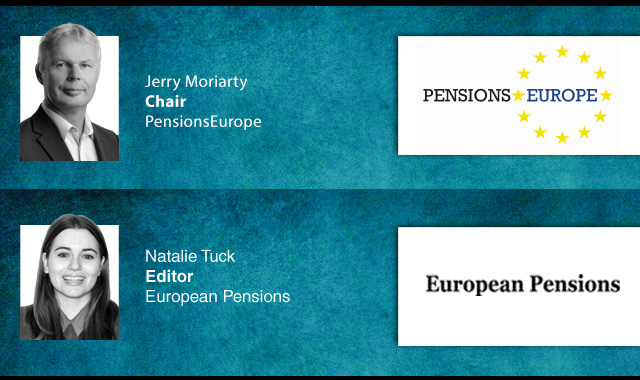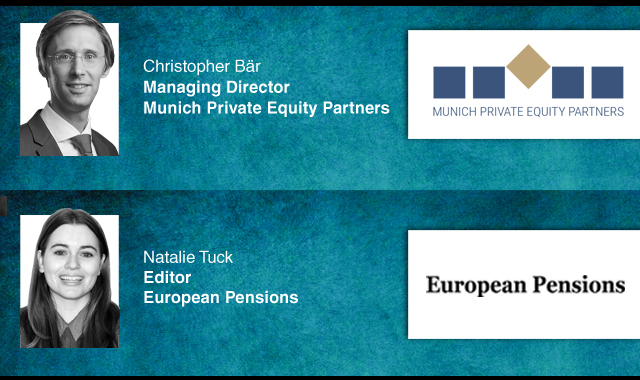The average funding position of Dutch pension funds improved again in September, with the indicative funding ratio climbing to 127 per cent, according to Aon’s latest pension thermometer.
The indicative policy funding ratio also spiked, reaching 120 per cent, with both measures rising by one percentage point since August.
Aon attributed the improvement to strong equity returns and a modest rise in short-term interest rates.
The update comes as attention shifts to the transition to the new Dutch pension system.
Several funds have recently secured approval from the Dutch Central Bank (DNB) to transfer over, including BPF Bouw, OAK, Stipp and Foodstuffs.
Meanwhile, the occupational pension fund for physiotherapists, Stichting Pensioenfonds voor Fysiotherapeuten (SPF), became the first Dutch fund to receive supervisory approval to switch to the new flexible premium scheme (FPR) this week.
Yet the reform timetable continues to challenge schemes.
Both SPF and the veterinarians’ fund (SPD) had previously postponed their planned transitions, while major sectoral funds, such as PME, have pushed back migration to 2027.
Although government projections envision around 11 million participants transferring into the new system by early 2026, many schemes have warned of ongoing difficulties with systems, communication, and legal compliance.
Aon Netherlands wealth director, Frank Driessen, described October as “make or break” for the funds that still aim to convert on 1 January 2026.
“There must be clarity this month, otherwise the transition communication can no longer be sent on time,” he warned, noting that around 30 funds are targeting a 2026 start, creating “peak pressure” both at the regulator and within schemes themselves.
“Last-minute changes sometimes have to be made, or things need to be substantiated,” he added.
Despite the challenges, Driessen emphasised that current market conditions provide a favourable backdrop.
“The funding ratio is now in good shape. This allows the various buffers to be filled and also leaves a boarding bonus. We hope for the pension sector that these good coverage ratios will remain intact for the time being.”
Latest News
-
SCOOP: Netherlands' Keylane snaps up UK's Heywood in undisclosed deal
-
80% of German companies using AI in pension schemes
-
73% of global pension plans using dynamic asset allocation strategy
-
Debate prompts swing in support for releasing UK DB surpluses to employers
-
News in brief: 5 December
-
NBIM beats out Japanese govt pension fund to become world's largest asset owner
Podcast: Stepping up to the challenge

In the latest European Pensions podcast, Natalie Tuck talks to PensionsEurope chair, Jerry Moriarty, about his new role and the European pension policy agenda
Podcast: The benefits of private equity in pension fund portfolios

The outbreak of the Covid-19 pandemic, in which stock markets have seen increased volatility, combined with global low interest rates has led to alternative asset classes rising in popularity. Private equity is one of the top runners in this category, and for good reason.
In this podcast, Munich Private Equity Partners Managing Director, Christopher Bär, chats to European Pensions Editor, Natalie Tuck, about the benefits private equity investments can bring to pension fund portfolios and the best approach to take.
In this podcast, Munich Private Equity Partners Managing Director, Christopher Bär, chats to European Pensions Editor, Natalie Tuck, about the benefits private equity investments can bring to pension fund portfolios and the best approach to take.
Mitigating risk
BNP Paribas Asset Management’s head of pension solutions, Julien Halfon, discusses equity hedging with Laura Blows
© 2019 Perspective Publishing Privacy & Cookies





Recent Stories